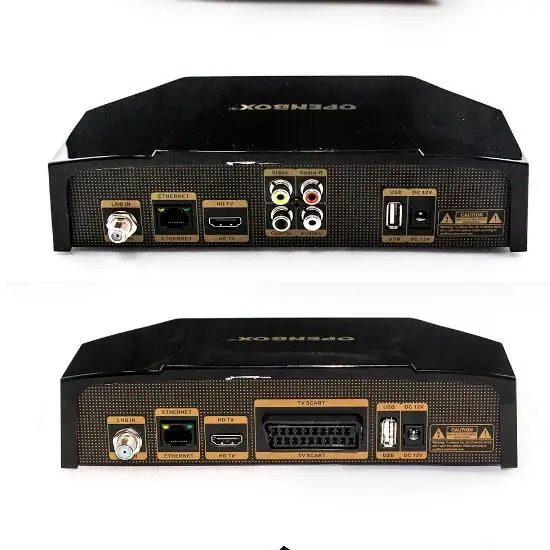

- #What kind of satalite dish do i need for an openbox v8s how to#
- #What kind of satalite dish do i need for an openbox v8s tv#
- #What kind of satalite dish do i need for an openbox v8s free#
#What kind of satalite dish do i need for an openbox v8s how to#
This was mentioned in an article in the August 1983 issue of Mechanix Illustrated on how to build your own C-Band dish from scratch.
#What kind of satalite dish do i need for an openbox v8s tv#
Yup, the TV networks tried to get them outlawed so they’d have all the control of what people were able to watch. IIRC it was in the same legislation that made TVRO (TeleVision Receive Only) satellite receivers firmly legal for us ordinary peons. There used to be a law or FCC rule or regulation in the USA that open air broadcasts of video from satellite or terrestrial transmitters could not be encrypted if the programming contained advertisements. Often times when word gets around and it becomes common knowledge that certain feeds are available in the clear, it’s not long before those feeds wind up being encrypted. Doing that is a good way to get these feeds encrypted. Anyway, if you do get into this hobby and manage to find some feeds, don’t go bragging about it or posting what you find on the internet.

The way to do this is either with a spectrum analyzer or a tuner card that supports “Blind scanning”. Because of the nature of these signals you have to kinda hunt for them. Most of these would be things like sporting events, concert, or remote news feeds. These are signals that are temporary and come and go. You also need a way to search for feeds as a lot of the more interesting stuff are wildfeeds and backhauls. If your really interested in FTA and searching for wildfeeds, you really need at least a 10 to 12 foot dish. Those type of feeds typically require a much cleaner signal and therefore a bigger reflector. Nowadays a lot of feeds are using 8psk, 16apsk, and even 32apsk modulation modes. The dish he’s built there is way too small for most C band satellite feeds. Of course C band also requires a much larger dish because of the larger wavelength. C band is more reliable because it’s less affected by weather and things like “rain fade. Drive by your local TV station and see what kind of dish they use. Most of the major networks still use C band for their distribution feeds. Posted in Radio Hacks Tagged antenna, c-band, RF, satellite dish Post navigation However, the general technique could apply to any place you need a high gain antenna. If were going to make a dish, we’re not sure we’d make a C-band dish–there isn’t a lot of unencrypted programming these days. Of course, you might want to harness the heat. However, did learn one lesson: When the sun lines up right, the bare flashing concentrates enough heat to melt the receiver. The diameter of the dish is 108 inches, but due to the flat areas in the dish it performs more like a 36- to 39-inch dish. The finished project looks distinctly homemade. Wood isn’t particularly good at reflecting RF, of course, so over the wooden skeleton, he used flashing.

The design is the offset type, not a prime focus dish–that is, the electronics are not in the center of the dish but on the side. The trick is, he made the dish out of wood.
#What kind of satalite dish do i need for an openbox v8s free#
decide to cut the cable and start watching free TV so he built a C-band dish. The older C-band dishes are still around, though, just less frequently in people’s yards. Satellite dishes are a common site these days, although admittedly most of them are Ku- and Ka-band dishes.


 0 kommentar(er)
0 kommentar(er)
